USA and Canada
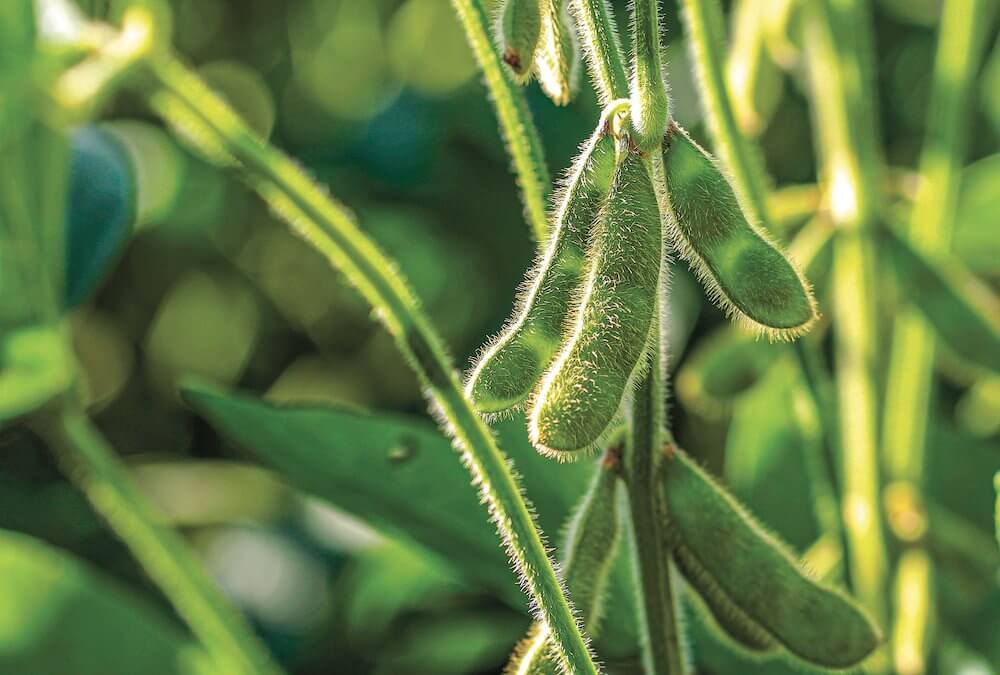
Getting the most out of a soybean crop
Conventional wisdom says that the nitrogen-fixing capability of soybeans leaves substantial nutrients behind for subsequent corn crops.
While true to a degree, Fred Below, University of Illinois plant physiology professor, believes many soybean growers do not realize how much nutrient is being removed by the crop and many could get more from their soybeans if more effort was devoted to fertility programs.
Why it matters: Soybeans might remove more nutrients from the soil than farmers realize. Small changes to fertility management could have significant impact for soybeans and subsequent crops.
Below said most grain growers in the United States see soybeans as a rotational crop before the real money maker, corn. A wide gap between potential yield and actual yield is the result, since many do not apply enough fertilizer, if any.
The problem is compounded by the amount of nutrient that soybeans remove from the soil.
Read More…
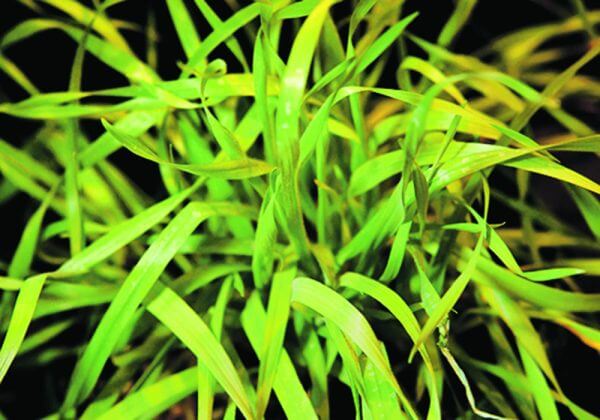
Glyphosate-resistant grass found on Alberta farmland
Glyphosate-resistant downy brome has been found in Alberta.
“This is actually a pretty significant discovery because it’s the first glyphosate-resistant grass weed confirmation in all of Canada,” said Charles Geddes, Agriculture Canada weed scientist in Lethbridge.
Geddes provided an update on weeds and herbicide resistance during the Alberta Agronomy Update on Jan. 12, where he described how the glyphosate-resistant downy brome was identified.
He said his team was approached by a diligent agronomist from southern Alberta who discovered a population of downy brome that didn’t seem to be bothered by multiple glyphosate applications.
“We took the seeds from the population back to our research facility, and this fall indeed we did document that the population is glyphosate resistant exhibiting between 10- and 12-fold resistance to glyphosate, which is fairly significant,” Geddes said.
He said the downy brome population is certainly glyphosate resistant.
Read More

High Organic Growth Quotient To Dictate The Growth Of The Dehydrated Vegetables Market
NEW YORK, UNITED STATES, January 24, 2022 /EINPresswire.com/ — Growing preference for processed and ready-to-eat food products on the coattails of changing lifestyles habits in major cities has been influencing the adoption of dehydrated form of vegetables such as beans, potatoes, onions, broccoli and others.
The global dehydrated vegetables market is estimated to be valued over US$ 56 billion in 2018, expanding at a promising CAGR of 4.8% over the assessment period of 2018-2028, which is expected to exceed a value of US$ 90 billion by 2028-end.
Dehydrated Vegetables Market to Gain Traction with Advancements in Food Technology
Air and vacuum drying techniques are projected to become more mainstream in the global dehydrated vegetables market by technology.
Read More…
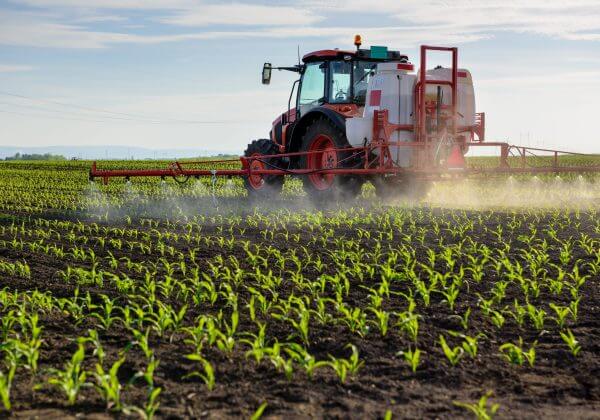
Will North Dakota corn wet milling plant give the region’s farm economy a boost?
GRAND FORKS, North Dakota — The Fufeng Group Ltd. wet corn milling plant proposed in Grand Forks has potential to benefit the region’s agricultural industry, but whether that happens depends on the answers to an abundance of yet-unanswered questions.
In November 2021, Fufeng Group Ltd., a Chinese-based bio-fermentation company, chose Grand Forks from among four U.S. locations that were finalist for locations to build a wet milling corn plant that would initially have capacity to process 25 millions bushels of corn annually.
The wet corn milling processing plant, which is proposed to be located on a 370-acre site in northwest Grand Forks, primarily would manufacture food additives, animal feed and other products, according to Keith Lund, Grand Forks Region Economic Development president and CEO. The plant’s finished products would be the amino acids lysine and threonine, which are an essential ingredient in animal nutrition formulas.
Read more…
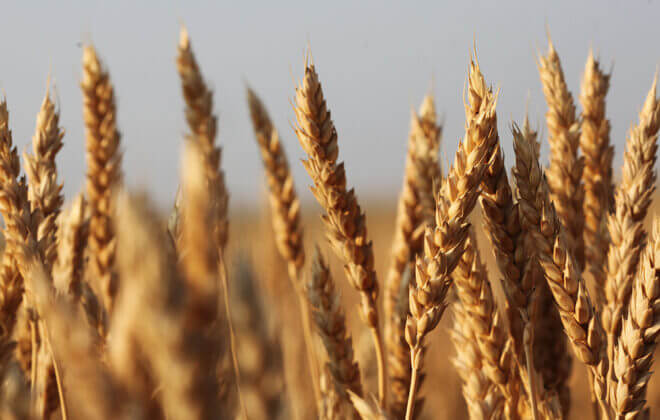
Canada’s common wheat exports fall 29% on week, durum wheat shipments rise
Canadian common wheat exports fell 29% week on week to 187,100 mt in the week ended Jan. 9, Canadian Grain Commission data released Jan. 16 showed.
Receive daily email alerts, subscriber notes & personalize your experience.
Exports of the food grain fell in the week to Jan. 9 as wheat prices globally declined and demand for crops from other origins increased. Export prices of Canadian wheat have also seen some volatility amid choppy trade in the past two weeks, traders said.
However, exports of durum wheat rose to 19,600 mt in the week to Jan. 9 from 13,100 mt the week before, the data showed.
Durum wheat exports over Aug. 1-Jan. 9 totaled 1.2 million mt, down more than 52% from the same period of of MY 2020-21.
Read More ...
New Zealand

Global dairy prices hit 8-year high as supply tightens; milk payments to farmers tipped to increase
Dairy prices jumped 4.6 per cent at the global auction overnight to hit an eight-year-high, as tight milk supply stokes demand for New Zealand’s biggest export commodity.
The Global Dairy Trade price index rose to 1397, its highest level since March 2014.
The average price for whole milk powder, which has the most impact on what farmers are paid, posted the biggest gain, up 5.6 per cent to US$4082 (NZ$6041) a tonne, and is sitting 21 per cent higher than at the same time last year.
Global dairy prices have been supported this season by weaker milk production in New Zealand and overseas, hindered by poor weather and higher feed costs. Last week, Fonterra lowered its forecast for the amount of milk it expects to collect this season by 1.6 per cent to 1.5 billion kilograms of milk solids due to challenging pasture growing conditions.
Read More here…
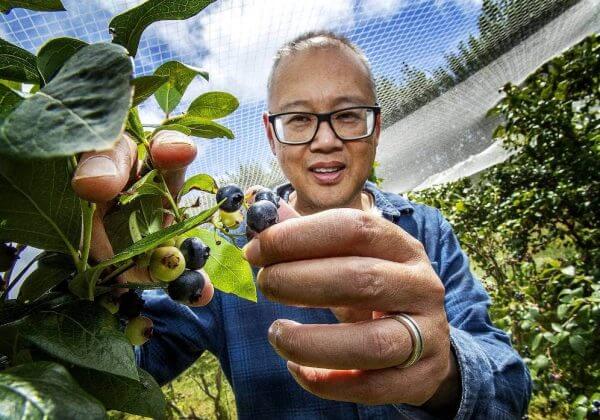
Final picking season for Noho Blueberry Farm in path of future highway
Antony Young campaigned for a highway. Now his farm is in its path and he is preparing for a final pick.
The popular Noho Blueberry Farm is one of many properties on land designated for the Ōtaki to north of Levin expressway project.
Young, who owns the orchard with his wife Nancy, said this summer would be their sixth and final picking season.
The farm itself had been around longer. Some of the 1000 blueberry bushes, on about a hectare of land, had been in the ground about 40 years.
They were in the process of negotiating the sale of their property with Waka Kotahi NZ Transport Agency.
Read More here…
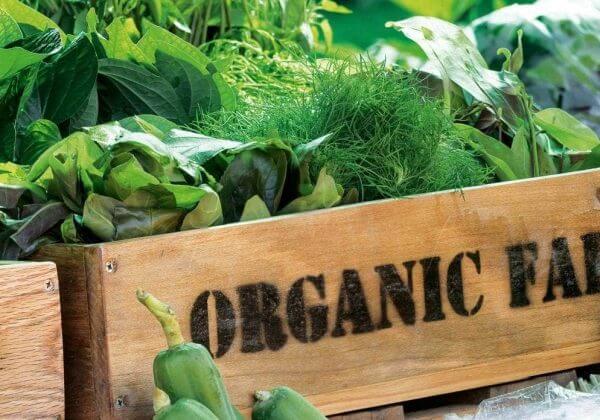
Agriculture tech make the difference to lives, not organic production
Organic production systems are back in the news. They’ve been promoted as a way to cut the footprint of food, an answer to avoiding the increased costs of fertiliser, and the route to achieving premium prices. They are often presented as though they are more natural and better for the environment than modern day systems, and the way to avoid chemical residues in the diet.
The concept is that without synthetic chemicals, the planet will be better off, and humans will be healthier.
Organics appeals to the imagination, aligning with a simpler time when life was more enjoyable.
Approaches change because the gains and advantages are perceived to be greater than the losses and disadvantages.
Organic production systems are what the world had in 1900. At that stage the global population was approximately 2 billion people.
Read More here
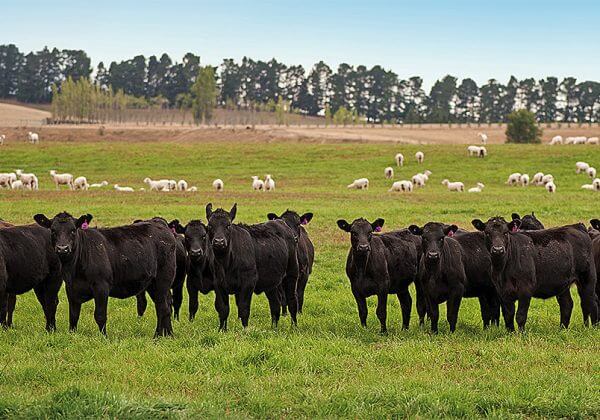
New Year livestock prices have eased back somewhat, but with warmer temperatures and reasonable rainfall, some regions are not as water-stressed as usual. New Zealand is faring better than many other global agricultural areas
Livestock schedules
Not surprisingly prices have softened over the Christmas period and beyond. Lambs have taken an -$5 to -$8 drop with all other classes similarly affected percentage wise with one notable exception.
Venison has gone in the other direction with a +20c per kg increase. This has taken the national average over $7.00 per kg for the first time in nearly 2 years and a welcome reversal for deer farmers.
Sale yard prices have held up well for lamb prices although North Island cattle prices have taken a bit of a knock.
Australia
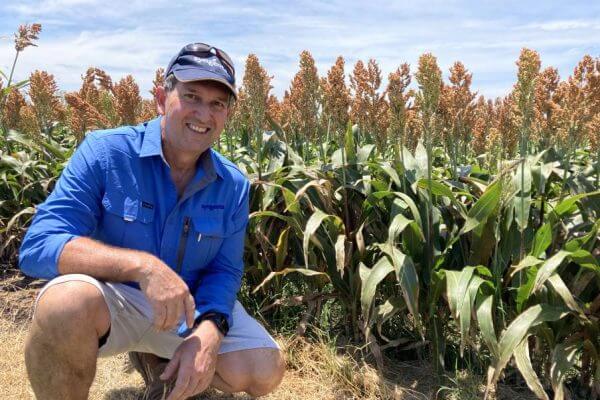
Safe sorghum planting while controlling weeds
GRASS weeds can flourish in sorghum crops over summer if left untreated, but an old herbicide is standing the test of time.
The pre-emergent herbicides, metolacholor and S-metolachlor, have been used in Australia primarily to control grass weeds for more than 40 years.
To date, no instances of resistance to the active ingredient have been documented in Australia and even internationally the few cases of resistance are in broadleaf weeds only.
Syngenta field biology manager Rob Battaglia said some recent changes to the label use patterns and the launch of a new seed safener product would further expand the usefulness of S-metolachlor products, such as Dual Gold and Primextra Gold, in summer crops while protecting sorghum seedlings from herbicide damage.
Read more here…

Long-season varieties tested in the north
RECENT trial results have shown planting a long season, slow maturity wheat in the northern agricultural region could be done, if there was early rain before the traditional break.
The 2021 trial, which was an InterGrain project but independently managed by Crop Circle Consulting, compared various long-season wheat varieties over two sites – Tenindewa and Yuna – which were sown on April 15 and 21 respectively.
It was initiated off the back of ex-Tropical Cyclone Seroja last year, which provided the opportunity to investigate what performance could be achieved and how profitable it could be to sow longer-season wheat varieties much earlier than the normal wheat planting window in the north.
It featured big demonstration sites with plots 36 metres long and replicated twice.
Crop Circle Consulting agronomist Grant Thompson said planting early didn’t suit shorter-season varieties, which were more common in the north, because they would potentially run up too quickly.
Read more here…
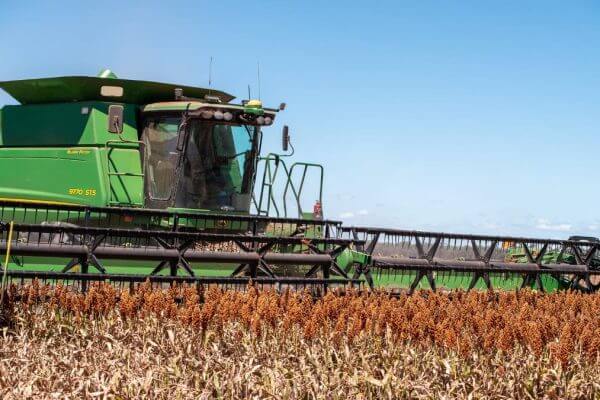
Australia’s biggest sorghum crop in 7 years: Here’s what’s happening on Qld, NSW farms
Sorghum growers have started harvesting what is potentially the biggest crop in seven years.
ABARES’ latest forecast has the national crop pegged at 1.97 million tonnes from 586,000 hectares sown.
Average to above average rainfall across Queensland in October and November supported the establishment of early sown sorghum, as well as encouraging further planting across the state.
Although record high November rainfall in NSW likely damaged some early sown crops and may have limited some planting, later planted sorghum will benefit from further rainfall.
Read more here
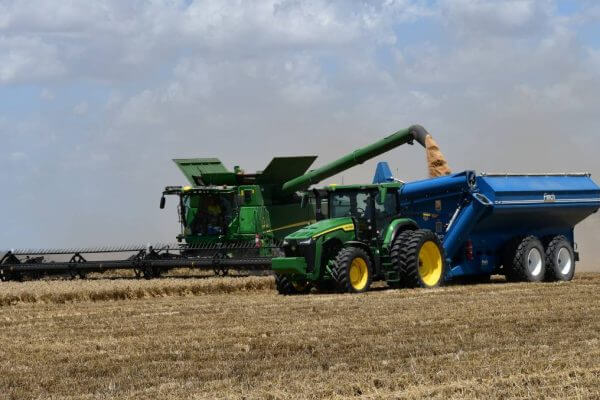
GrainCorp’s final weekly update of harvest records 140,510 tonnes of grain delivered in the past week
GROWERS across the eastern states have reached the final stages of an at times, difficult harvest season.
The past week featured a significant drop in deliveries to GrainCorp receivals across the eastern states as just 140,510 tonnes was delivered across NSW, Queensland and Victorian sites.
Victoria accounted for more than 65,000 tonnes in this week’s report, thanks in part to mostly high-quality wheat deliveries from the state’s Wimmera and Central districts.
The strong delivery numbers brought GrainCorp’s Victorian tally to 3,575,420 tonnes for the season.
Read more here…
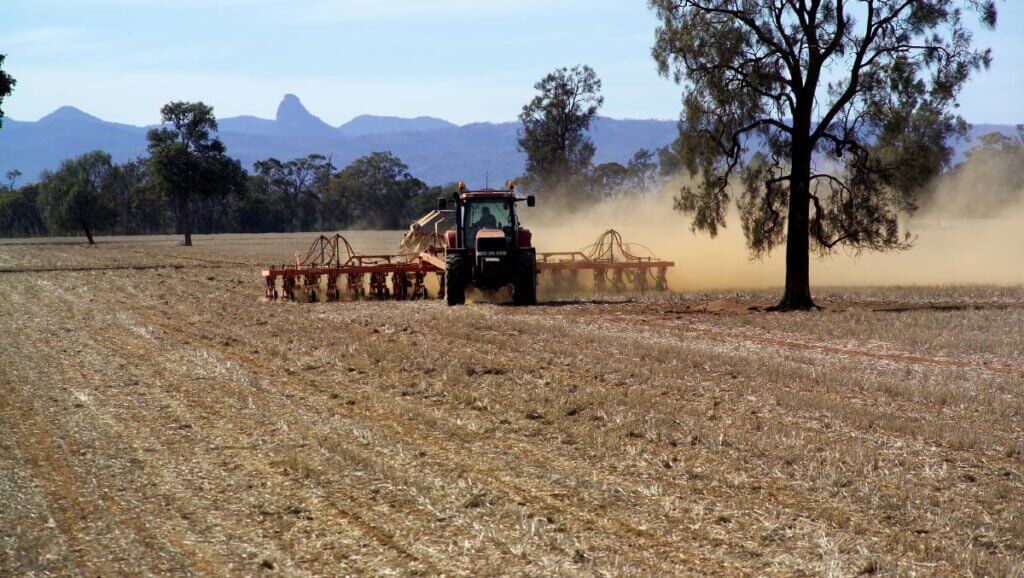
Summer rain assures soil moisture for 2022 winter crop plantings
Although the last of the harvesting from the current winter grain harvest is yet to finish, eastern Australia’s wet summer is setting the platform for big planting in 2022.
The wet summer has soaked cropping areas stretching from Queensland, NSW and through to north-eastern and central Victoria.
Unsettled, stormy weather dropped more rain across eastern Australia in the past week. This included patchy falls of up to 50mm in the Darling Downs, 20-50mm across parts of the NSW central west and Riverina as well as 50-60mm in cropping areas in northeastern Victoria.
Wetter than normal weather patterns are expected to persist into autumn. Parts of northern Australia and the east coast cropping areas are expected to see above average rainfall from February through to March, the Bureau of Meteorology said in its latest climate outlook statement.
Read more here…
South America
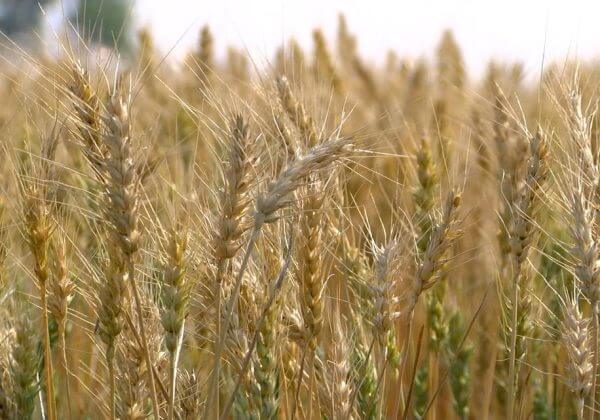
Argentina ends 2021-22 wheat harvest at record 21.8 mil mt on robust yields
Argentina has harvested a record 21.8 million mt of wheat in marketing year 2021-22 (December-November), the Buenos Aires Grain Exchange said, which was up 28% on MY 2020-21.
The exchange had projected the harvest at 21.5 million mt in a Dec. 23 report. The previous record was 19 million mt in MY 2018-19.
Farmers had sown over an area of 6.6 million hectares and saw an average national yield of 3.4 mt/hectare, according to BAGE, which said that despite the ongoing La Nina event, output rose to record levels due to adequate distribution of showers spatially.
Of the total wheat crop, 87% was in excellent-to-good condition while 13% was in a fair condition.In the World Agricultural Supply and Demand Estimates report Jan. 9, the US Department of Agriculture increased Argentina’s wheat output forecast to 20.5 million mt, from 20 million mt in its December report.
Read More
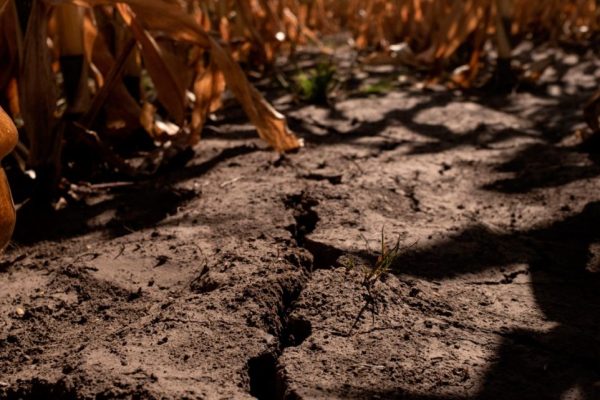
Drought could trim a third of Argentina’s economic growth this year
Dryness that’s parching soybeans and corn across Argentina’s Pampas crop belt will shave US$4.8 billion off the nation’s gross domestic product this year, according to one of the first analyses of the economic impact of the drought.
The estimate, made by the Rosario Board of Trade, means that Argentina is poised to lose out on one percent of GDP as less revenue for farmers results in “less freight, less financial and intermediation services, and less consumption.” A December survey of economists by the Central Bank, carried out before the drought had fully gripped the Pampas, saw the economy growing 2.9 percent in 2022.
The hit to growth comes as Argentina is negotiating a new programme with the International Monetary Fund to reschedule US$40 billion of payments owed to the lender. Economic growth, and the pace of narrowing the fiscal deficit, have emerged as key disagreements between the IMF and Argentina.
Read More here…
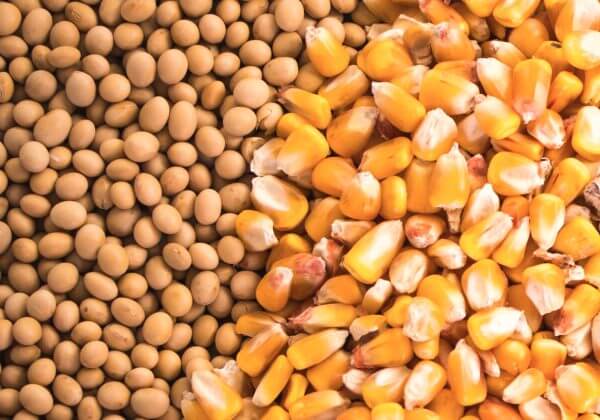
SOYBEANS EXTEND GAINS, CORN AND WHEAT MIXED
Soybeans were sharply higher on commercial and technical buying. Most forecasts have a return to hot, dry weather in Argentina and southern Brazil next week. That’s expected to further lower yield potential for both of those key producers. Several private and governmental entities have issued reduced production projections for South America over the past few weeks. Harvest is just getting underway in portions of northern and central Brazil. The USDA’s next set of global production projections is out February 9th, while CONAB will update its outlook for Brazil on February 10th. The Buenos Aires Grain Exchange says 30% of Argentina’s soybean crop is rated good to excellent, 1% lower than the last report, with 95% of the crop planted. Soybean oil was up sharply on the strength in global vegetable oils, which has been supported by supply and demand fundamentals, while meal was mixed on bull spreading. China’s General Administration of Customs says China bought 58.15 million tons of soybeans from Brazil in 2021, down 9.5% from 2020, with purchases from the U.S. at 32.3 million tons, up 25%.
Read more here
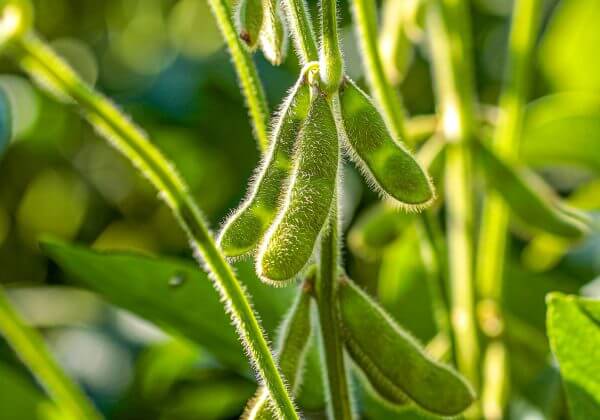
Brazil Soy Farmers Impacted by Rains
Brazil’s harvesting of the 2022 soybean crop reached 1.7% of the estimated area amid delays in the center and north of the country caused by heavy rainfall, agribusiness consultancy Patria Agronegocios said on Monday. Still, the pace is ahead of last year when the oilseed was planted later due to lack of soil moisture in the ideal sowing window. In 2021, only 0.22% of Brazil’s estimated soybean area had been harvested at this point. The five-year average is 1.49%, Patria Agronegocios said.
Reuters reports an expected drop in precipitation levels and the prospect of open skies will help Brazil’s soybean harvesting to evolve more quickly from next week, especially in center-western states, it added.
The government estimates Brazil sowed a 40.3-million-hectare (99.58 million acres) soy area this season.
In a separate statement, AgRural, another agribusiness forecaster, estimated 1.2% of the soybean area has been harvested so far, vs. 0.4% in 2021.
Read more here…
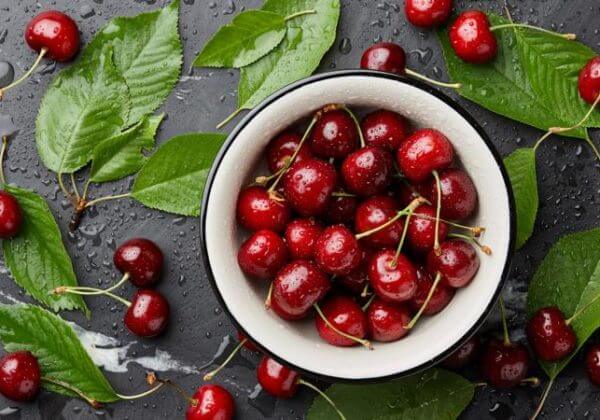
Cherries Become ‘Red’ Hot Topic Among Chinese Influencers
The 2021/22 season market in China for Chilean cherries is continuing to heat up through the active promotion of the Chilean Cherry Committee of the Chilean Fruit Exporters Association (ASOEX). Starting from the end of December, the Chilean Cherry Committee has launched a large-scale online promotional campaign aimed at boosting the consumption of cherries throughout the holiday season and into the leadup to Chinese New Year. This year’s social media and digital advertising campaign is once again running under the tagline of “Enjoy Red Moments,” with an additional core message this season of “Happiness is Here and Now.”
The social media push started after Christmas when Cherries from Chile launched a TikTok brand-building drive. Users shot and uploaded videos under the hashtag “Happiness is Here and Now” (#幸福就在此时此刻) and decorated the clips with special cherry-themed stickers to symbolize good fortune and prosperity. Within four days of going live, the topic had attracted more than 100 million mentions and 270 million views. In total, more than 55,000 users joined the activity, among which 3,000 Douyin e-commerce vendors posted videos. The activity ended up garnering 19 million likes and 1.35 million comments. Accompanying live-broadcast selling events grossed more than 3.2 million Chinese yuan ($504,000) in sales.
Read more here…
Food Updates
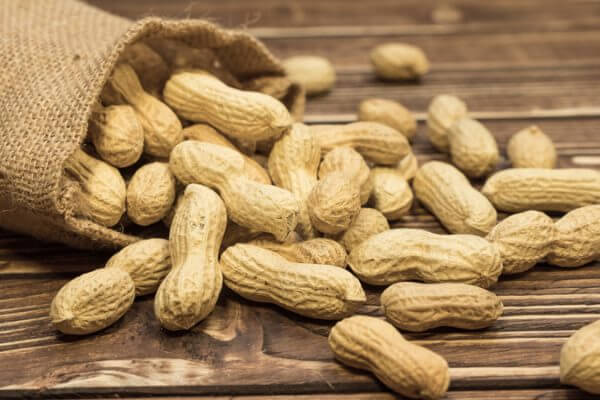
US study suggests oral immunotherapy might halt peanut allergies
Remission was defined as being able to eat five grams of peanut protein without having an allergic reaction six months after completing immunotherapy. The results of the trial, called IMPACT, were published in The Lancet.
Read more here…

Study suggests protein in products is a major incentive for consumers
New global research from Kerry has uncovered that most protein consumers in Asia Pacific (APAC) are motivated by health and wellness, with 52 percent associating protein with a ‘healthy diet’, and 48 percent regarding protein as ‘generally healthy’. APAC consumers also see protein as boosting skin health and beauty, as well as immunity.
The study details how consumers around the world increasingly perceive protein content and quality as fundamental drivers of their food and beverage purchase choices. The report also found that consumers are willing to pay a premium for protein fortification, with 84 percent in APAC willing to pay a higher price and more than half open to paying at least 10 percent more.
When it comes to purchase considerations for protein-rich food and beverages, the research revealed that quality of protein is the top purchase driver for 60 percent of APAC consumers, significantly above the global average, followed by taste. The amount of protein per serving ranked third at 55 percent, also above the global average.
Read more here…

Plant Based Power: Restaurants Embrace Veganuary
For many years, vegans have had to settle for salad or chips when eating out, but now most popular restaurants, in the UK and across the world, have vegan dishes available, with some even having dedicated vegan menus.
“The image of veganism is undergoing the most radical change in its history, while shedding some tired, old stereotypes. It’s no longer portrayed as an unusual lifestyle, it’s easy and accessible”, explains Francine Jordan, Media and PR Officer at The Vegan Society.
“A 2021 report by Bloomberg predicted that the global plant-based alternatives market could grow to $162 billion in the next decade, from $29.4 billion in 2020 (7.7 percent of the global market). It makes sense for businesses to embrace the vegan trend!”
In the US, Cold Stone Creamery was one of the many companies to launch new vegan options, whilst in the UK, a number of popular fast-food chains and restaurants have done the same.
Read more here…

Giving into your caffeine craving could be good for your gut
Two areas of particular interest emerging from the research are the association between coffee and a reduced risk of gallstones and the evidence linking coffee consumption with a reduced risk of pancreatitis, although more research is still needed.
Read more here…
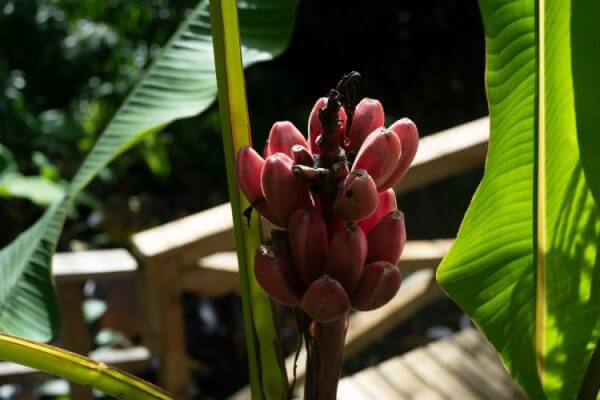
Enset banana could feed millions
“This is a crop that can play a really important role in addressing food security and sustainable development,” Dr Wendawek Abebe of Hawassa University in Awasa, Ethiopia, told the BBC.
Read more here…


